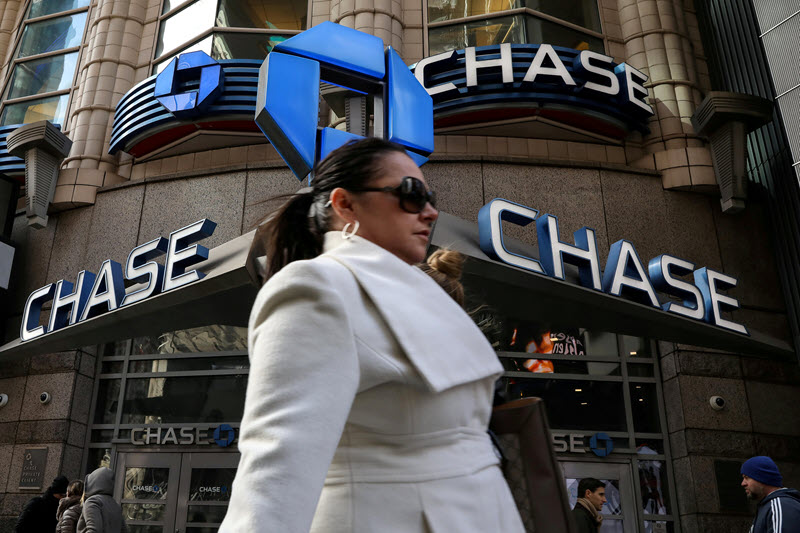Five things to watch in markets in the week ahead
NEW YORK - A collaborative research effort has recently demonstrated a significant advancement in quantum computing by successfully executing a protocol that generates certified randomness, a key achievement with broad industrial implications. This breakthrough, detailed in a paper published in Nature on March 26, was accomplished by a team from JPMorgan Chase (a $705 billion financial powerhouse with an impressive track record of strong returns over the last decade), Quantinuum, Argonne National Laboratory, Oak Ridge National Laboratory, and the University of Texas at Austin. According to InvestingPro data, JPMorgan maintains robust financial health with a "GOOD" overall score, positioning it well for continued technological innovation.
The protocol, which utilized the 56-qubit Quantinuum System Model H2 quantum computer, showcased the machine’s ability to surpass the computational limits of the most advanced classical supercomputers. By employing Random Circuit Sampling (RCS), the researchers could generate more randomness than the input, a task unattainable through classical computation.
In the first step of the protocol, the team produced challenge random circuits and tasked the quantum computer to return corresponding samples. The speed of the response indicated that classical simulation of the challenge circuits in the same timeframe was not feasible. The second step involved using classical supercomputers to mathematically certify the randomness, ensuring its genuineness.
Dr. Marco Pistoia from JPMorganChase emphasized the importance of this development in Certified Randomness for future research and applications in fields like cryptography. Dr. Rajeeb Hazra of Quantinuum highlighted the practical applications of this quantum computing milestone, suggesting its potential to enhance security and simulations across various industries. JPMorgan’s strong financial performance, with revenue growth of 14.49% in the last twelve months and a P/E ratio of 12.73, provides the company with resources to pursue such cutting-edge research initiatives.
The original certified randomness protocol, proposed in 2018 by Prof. Scott Aaronson from the University of Texas at Austin, has now seen its first experimental demonstration, paving the way for its use in cryptographic applications.
The results were made possible by the computational resources of U.S. Department of Energy facilities at Oak Ridge, Argonne, and Lawrence Berkeley National Laboratories, as noted by Dr. Travis Humble of Oak Ridge National Laboratory.
This information is based on a press release statement, which reflects the joint effort of the aforementioned organizations in pushing the boundaries of quantum computing and its real-world applications. For investors interested in understanding JPMorgan’s technological initiatives and their impact on the company’s future growth, InvestingPro offers comprehensive analysis and additional insights through its detailed Pro Research Report, available as part of the subscription service covering 1,400+ top stocks.
In other recent news, JPMorgan Chase & Co. achieved a technological milestone by generating truly random numbers with a quantum computer, a development documented in a scientific paper published in Nature. This breakthrough, achieved in collaboration with Honeywell’s Quantinuum and several national laboratories, is expected to enhance data security through improved encryption. Additionally, JPMorgan announced a quarterly dividend for its common stock shareholders, reinforcing its commitment to shareholder value. Meanwhile, the bank is modifying its Diversity, Equity, and Inclusion programs, rebranding them as Diversity, Opportunity, and Inclusion to align with market trends and regulatory changes. The changes involve consolidating certain activities and reducing training on these topics. In another development, JPMorgan launched Inverse VIX Short-Term Futures ETNs on NYSE Arca, providing investors exposure to the inverse performance of the volatility index. Lastly, the acquisition of the student-finance startup Frank yielded only 10 new clients, despite expectations of reaching millions of young customers, as disclosed during Charlie Javice’s trial.
This article was generated with the support of AI and reviewed by an editor. For more information see our T&C.
